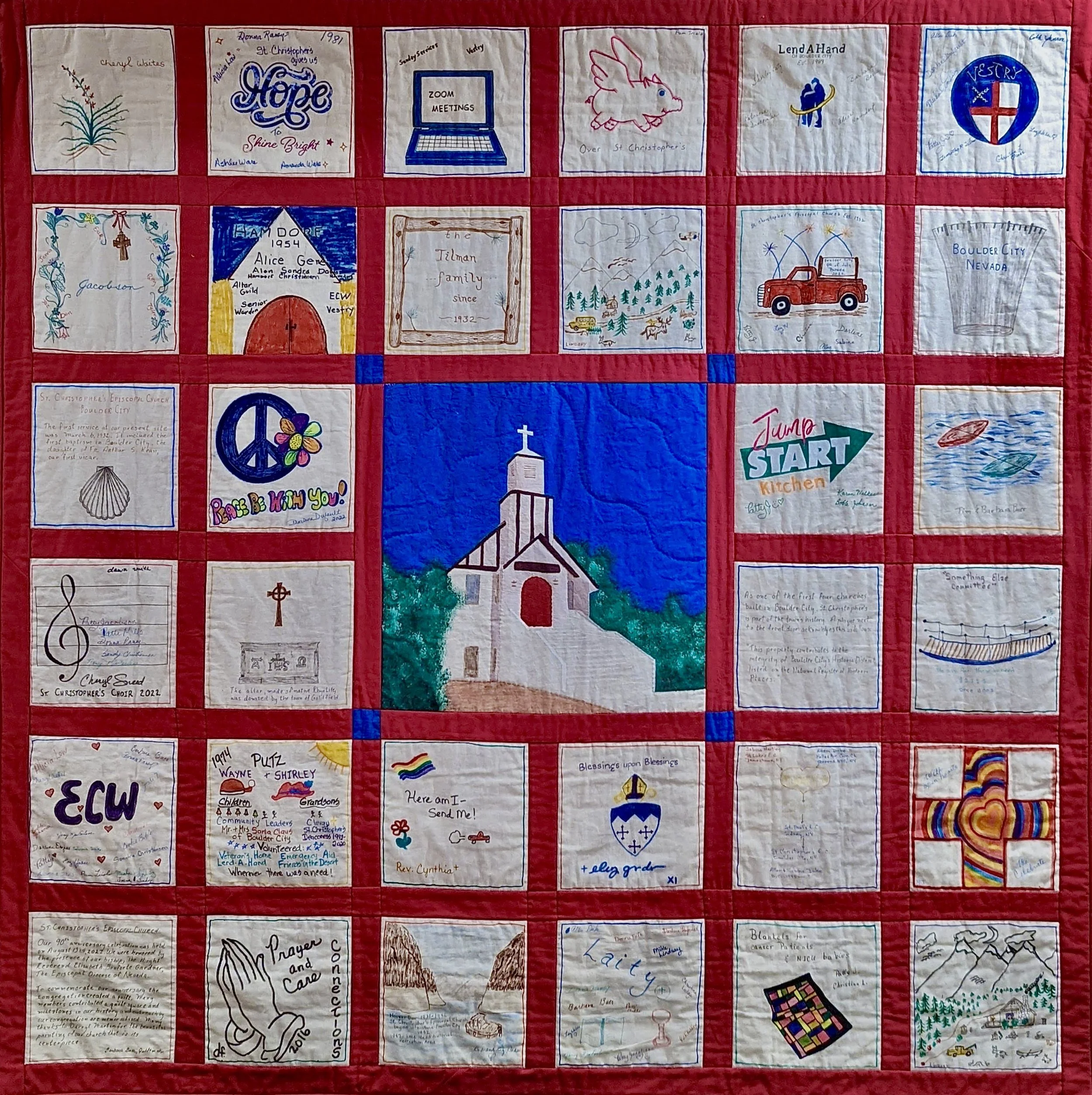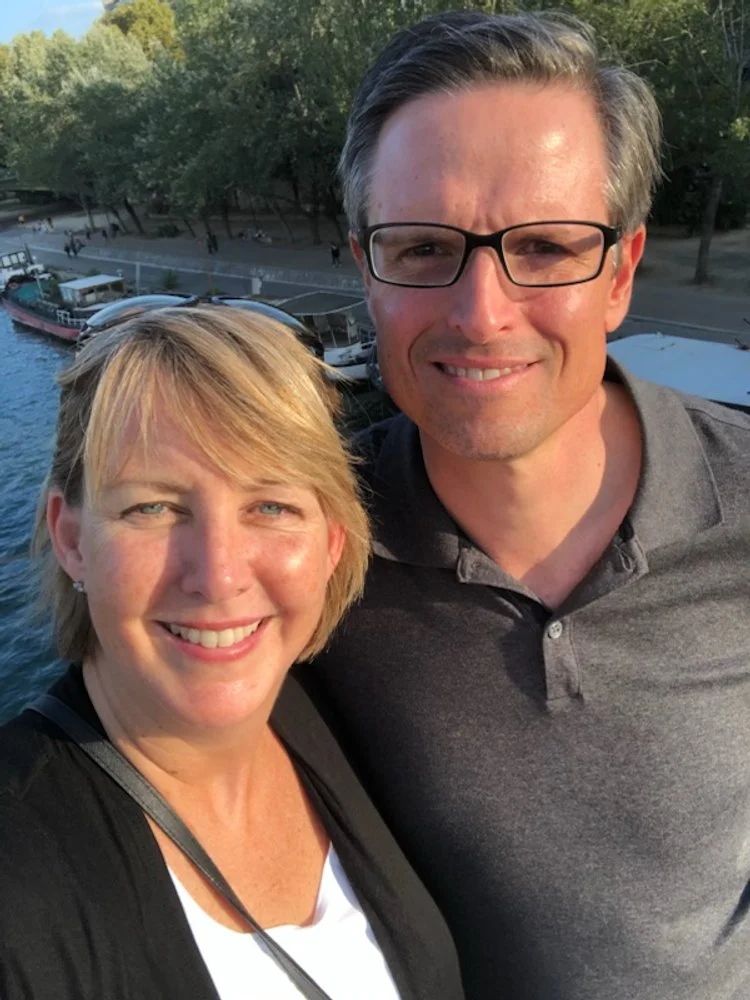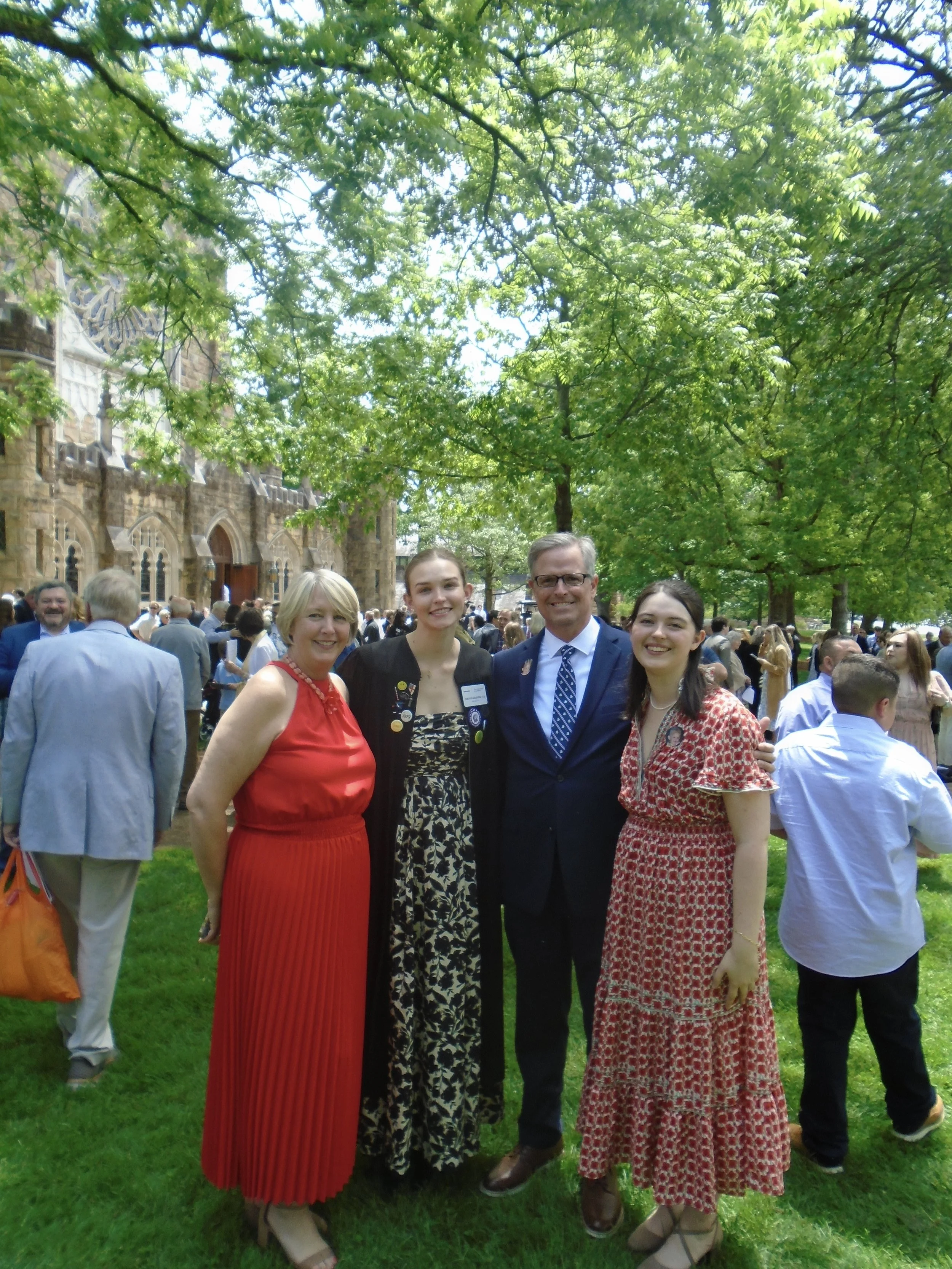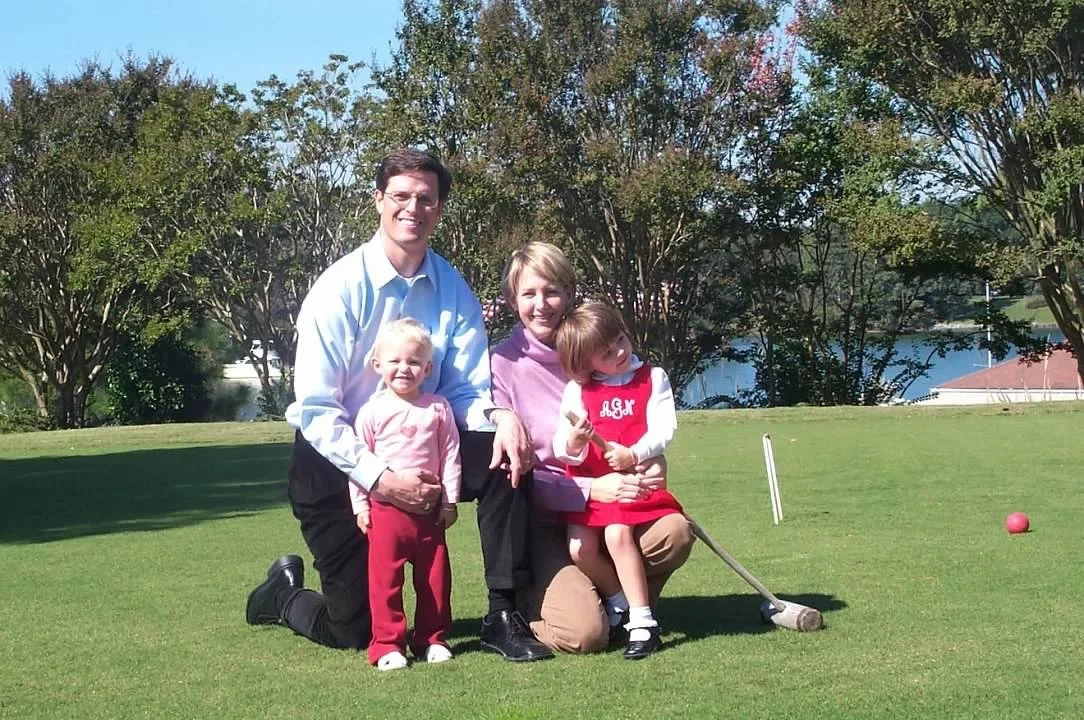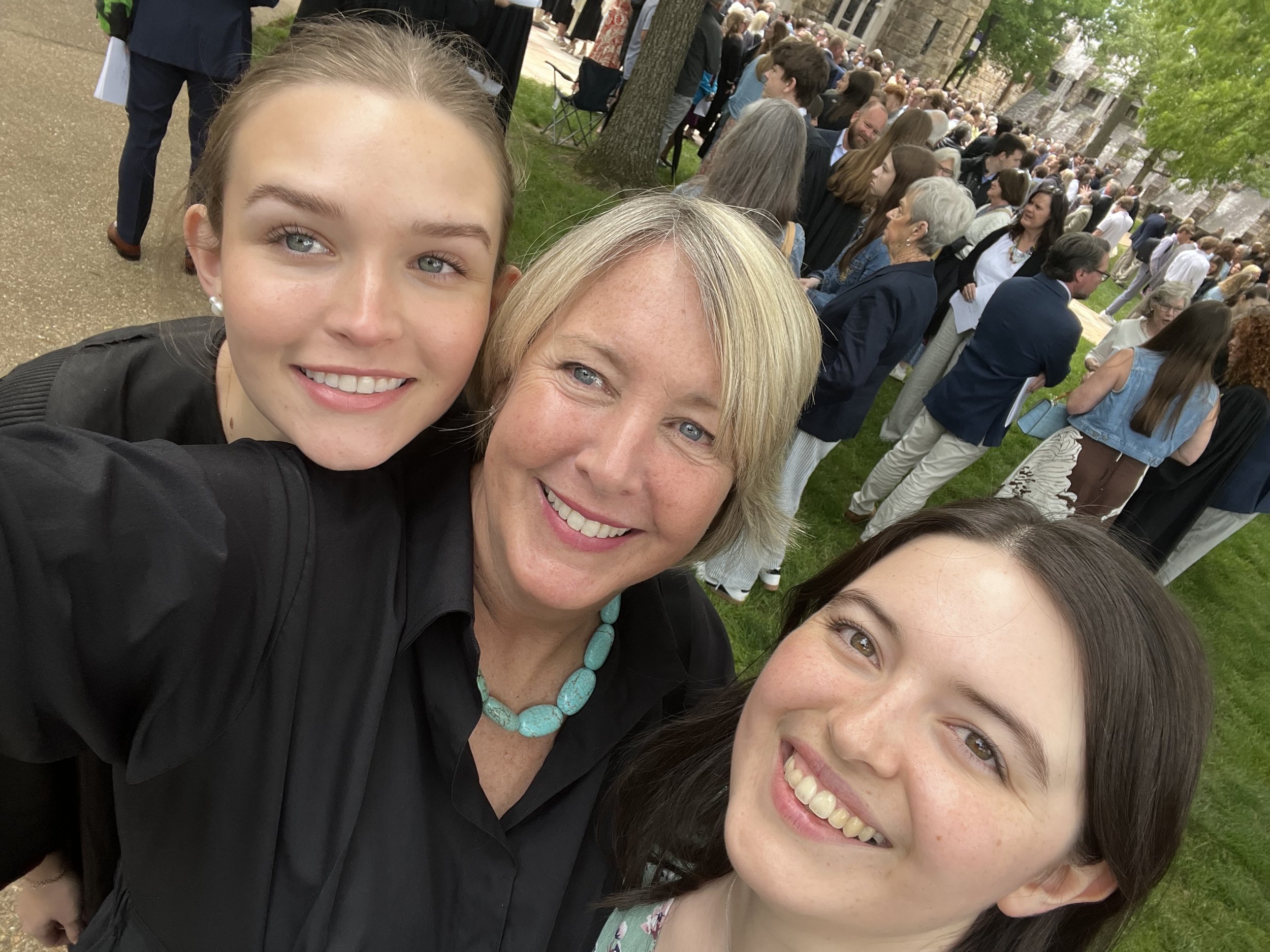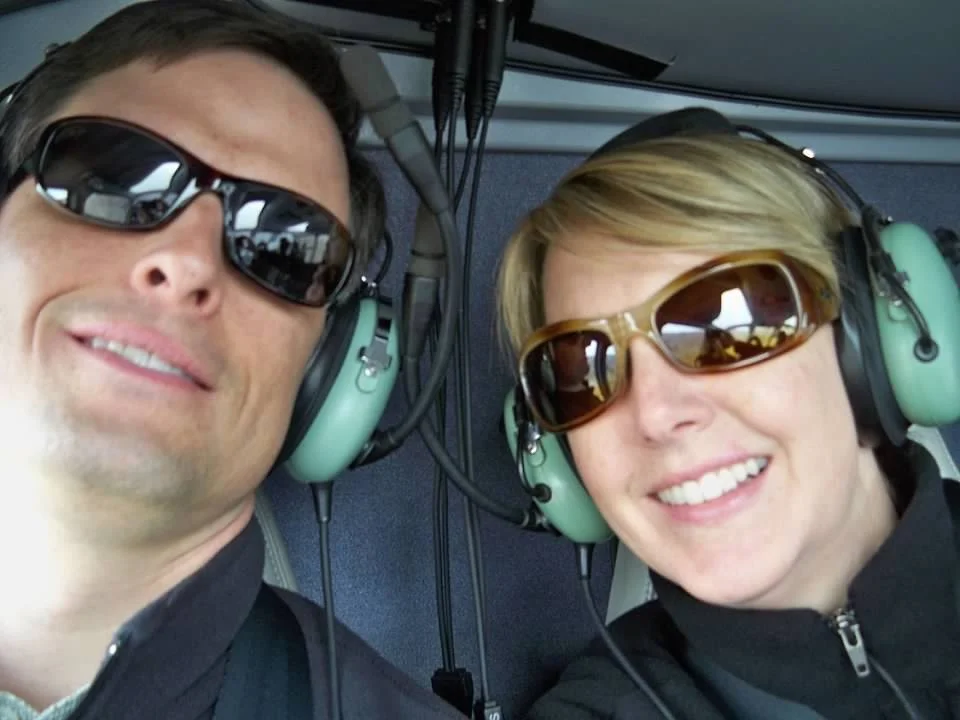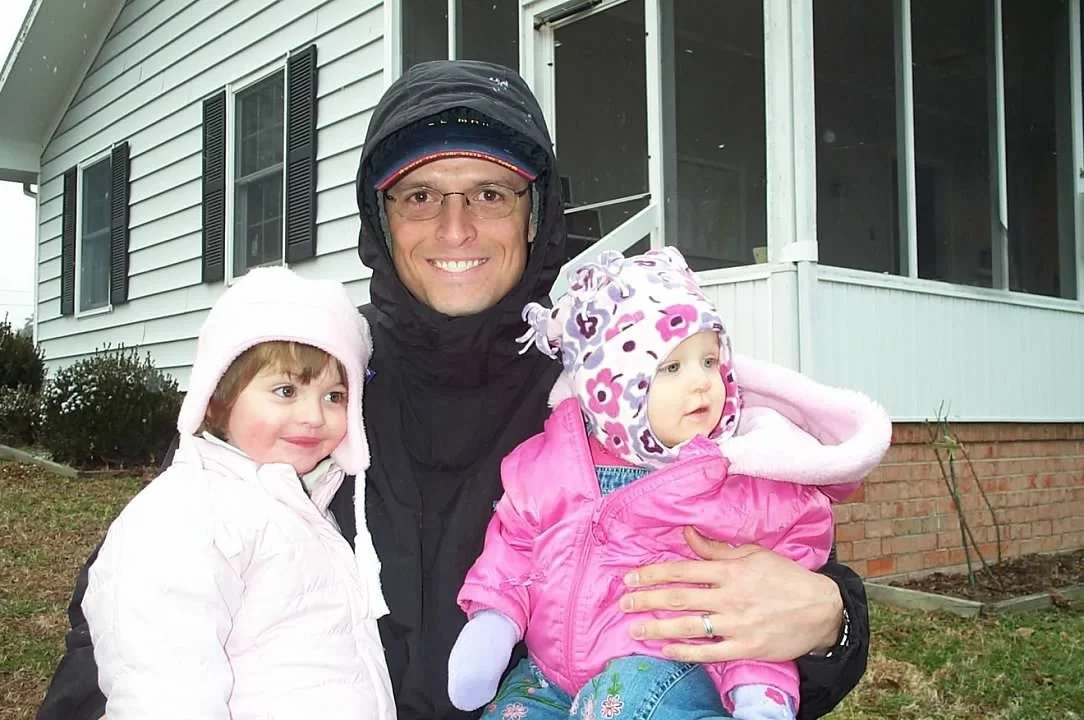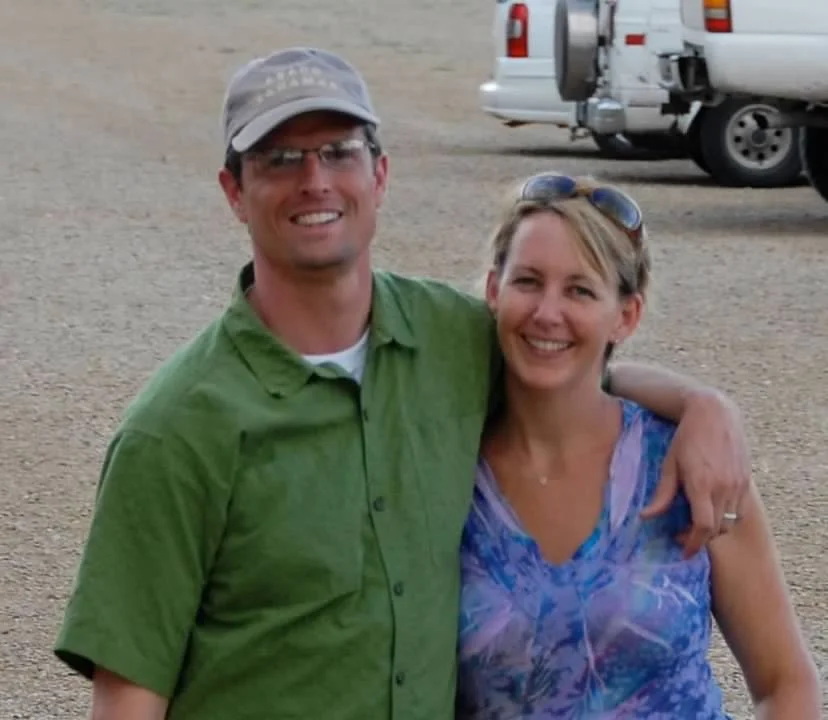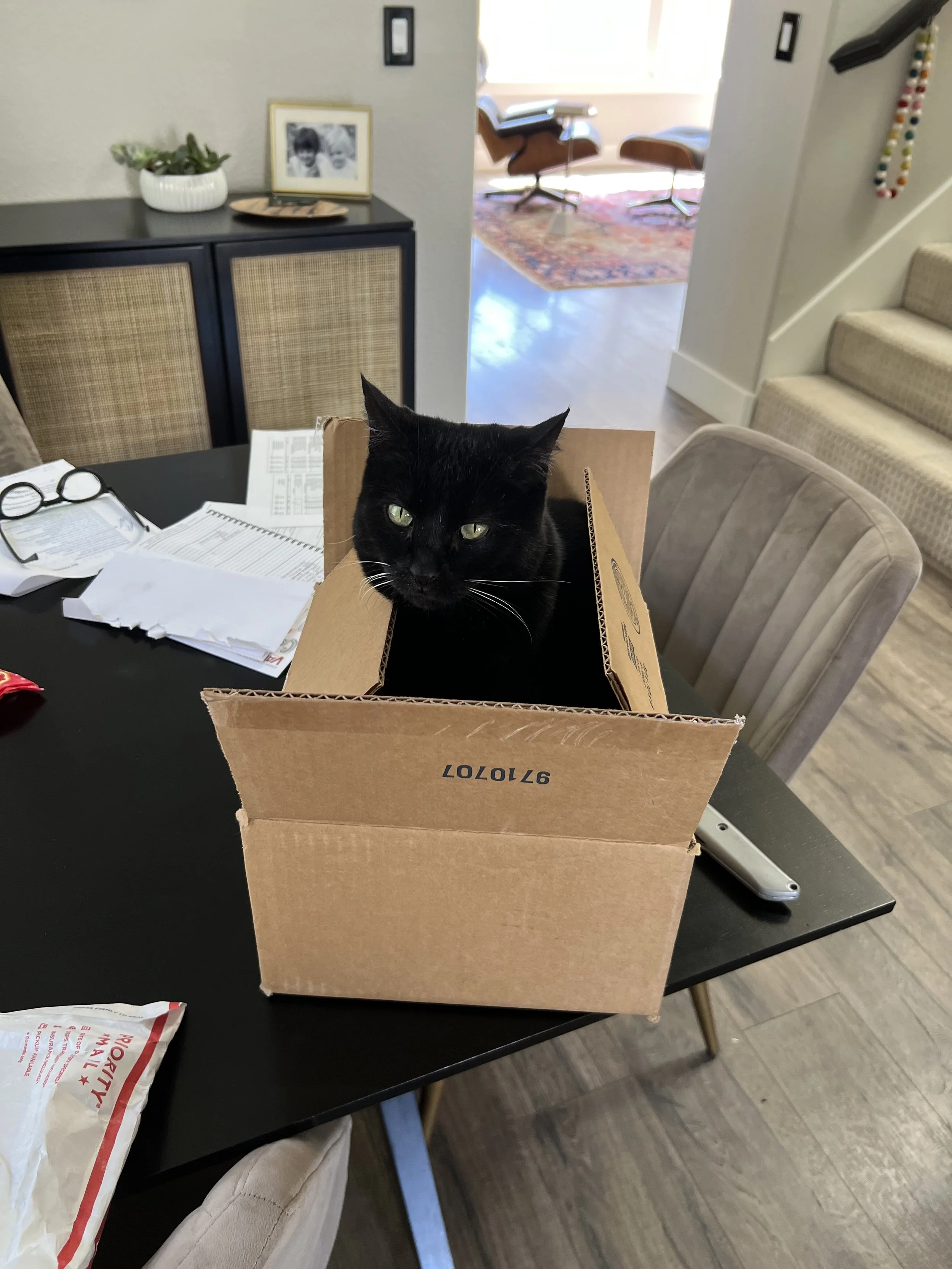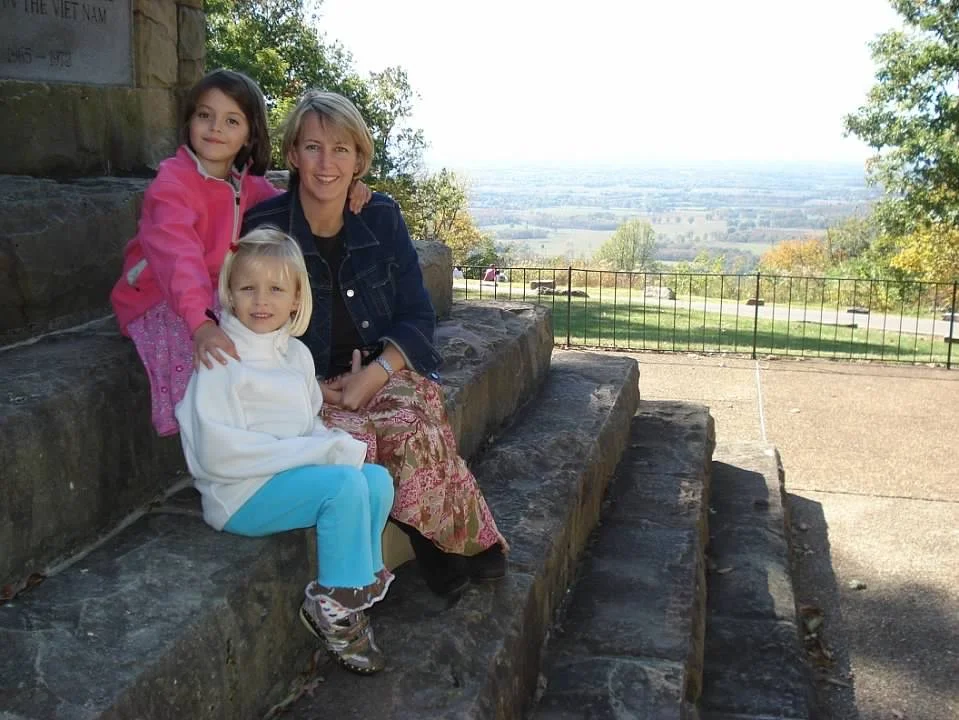What is Episcopal?
Episcopalians believe in a loving, liberating, and life-giving God: Father, Son, and Holy Spirit. The Episcopal Church is not just in the United States but also in countries across the world. We are constituent members of the Anglican Communion in the United States as descendants of, and partners with, the Church of England and the Scottish Episcopal Church. That makes us part of the third largest group of Christians in the world.
We believe in following the teachings of Jesus Christ, whose life, death, and resurrection saved the world.
We have a legacy of inclusion, aspiring to tell and exemplify God’s love for every human being. No exceptions. That means women and men serve as bishops, priests, and deacons. People not ordained cooperate with clergy as leaders at all levels of our church.
Because leadership is a gift from God it can be expressed by all people. All means all.
You are not only welcome here, you're wanted.
Want to know more?
The Episcopal Church provides specific information on the Bible, The Book of Common Prayer, Baptism, The Baptismal Covenant, The Sacraments, Catechism, Communion and The Creeds.
Visit the Episcopal Church - https://www.episcopalchurch.org/what-we-believe/
La Iglesia Episcopal en Español - https://www.episcopalchurch.org/es/lo-que-creemos/
Visit the Anglican Communion - https://www.anglicancommunion.org
The Rt. Rev. Elizabeth Bonforte Gardner
Elizabeth says she had the best of both worlds.
Born in Pueblo, Colorado, at the same hospital as her mother and grandmother, Elizabeth grew up skiing and cheering for the Denver Broncos (Go Bo!). In middle school, her family moved to San Diego where she went to Torrey Pines High School in Del Mar (Surf PE is a real thing!). Sticking with the beach theme, Elizabeth received a bachelor’s degree in political science with an emphasis in public policy from the University of California, Santa Barbara.
With that PoliSci degree she moved to Washington, D.C., to “save the world.” Elizabeth helped then-Rep. Barbara Vucanovich of Nevada on Capitol Hill before being lured into working for Nordstrom, Inc. Elizabeth ended her retail career as a buyer for women’s career clothing for the mid-Atlantic region when she went back into politics. After working on an unsuccessful US Senate campaign, Elizabeth thought it was a great idea to start her own consulting firm with two amazing partners. Fortunately, that did much better than the senate campaign - mainly because of those two amazing partners.
Elizabeth was recruited for ordained ministry by the rector of her local church. After multiple years of subtle suggestions and what can only be described as a “complicated” discernment process, Elizabeth attended Virginia Theological Seminary and graduated in 2013. She went on to be an associate, interim, diocesan staffer, assistant, and rector. She is most proud of her work at Church of the Epiphany in downtown Washington, DC, and the collaboration during COVID of four Alexandria, VA, churches called Potomac Episcopal. They’ve have since made it official and are now St. Martin de Porres.
She is married to Christopher Gardner - whom she met at church in the 20s&30s group - and they have two adult daughters. Chris works in Long Term Care as an executive director of a large continuing care community in Spanish Springs, NV. He loves the Nevada landscape and enjoys a lot of the outdoor recreation opportunities here.
Their older daughter lives in Chicago, IL where she worked in the film and television industry after graduating with a degree in, you guessed it, film and acting. Annie wants to change the industry’s safety standards and is applying to grad programs this fall. In the meantime she has a lot of part-time jobs including as the new parish administrator at Grace, Hinsdale. Annie knits so her job at Knit One makes a lot of sense. Oh, and she also tutors. Annie lives next to a great Episcopal church so her mother can sleep at night.
Carolyn, their younger daughter, recently graduated as a Biochemistry major at the University of the South in Sewanee, TN. She is currently living in Atlanta, looking for a job, and helping the Diocese of Nevada with small projects. Her mother prays for her to find a nice Episcopal church.
Chris and Elizabeth live in Reno with their Covid puppy, (Naughty) Dottie and Deacon Nancy Janess’s kitty, Velvet. She is definitely part of the family now.
Contact Information - bishop@episcopalnevada.org
Meet the Bishop…
“As a cradle Episcopalian, I am committed to helping our branch of the Jesus Movement thrive,” Gardner said.
“This is a crucial time.”
As diocesan bishop, Gardner leads worshipping communities that span the great state on Nevada with one church in Arizona. The diocese represents around 4,000 members with more than 100 priests and 15 deacons who are either canonically resident or licensed to serve here.
Before the pandemic, the Diocese of Nevada consistently ranked as one of the fastest-growing dioceses in The Episcopal Church, with an 11% increase in baptized members from 2010 to 2019. Bishop Elizabeth is working hard to keep up that momentum!
OUR HISTORY
The Episcopal Church in Nevada began in 1860. Bishop Joseph C. Talbot became the first bishop responsible for an area that would soon be the territory of Nevada. By 1861, there were more than 16,000 people who called Nevada home and that is when the Rev. Henry Smeathman held the first Episcopal service in Virginia City. However, St. Peter’s Church in Carson City is the oldest church in the Diocese of Nevada with the first service held in August of 1868. The church has substantially expanded but the original church is still the oldest structure still in use today.
In 1869, Bishop Ozi W. Whitaker focused on growing the church in Nevada and planted churches throughout the Comstock everywhere he could. His work in Nevada coincided with the completion of the railroad allowing Nevada Episcopalians to worship in towns popping up from mining and other frontier industries. Bishop Ozi was instrumental in establishing Chinese Episcopal Churches in Carson City and Virginia City. But after seventeen years of faithful service, Bishop Ozi left in 1886 to return east to Pennsylvania leaving only 341 communicants in Nevada.
The bishop in Salt Lake City took over administration of the Nevada Diocese and the affairs of the church were handled by non-resident bishops. The number of members ebbed and flowed along with the population. In 1895 a dedicated woman missionary was sent to the Paiute Indians of Pyramid Lake. A new church in Nixon was born and children are still baptized there every Easter to this day.
Churches were planted throughout the state - some still going today and some closing after the mining dried up. In 1908 Nevada got another bishop, the Rt. Rev. Henry Robinson. He started many churches including Christ Church in the new Las Vegas Valley.
Following the death of Bishop Robinson, the Rt. Rev. George C. Hunting was consecrated in 1914. He was a priest in Nevada serving at St. Paul’s in Virginia City and St. Bartholomew’s in Ely. Bishop Hunting was instrumental in the original purchase of land Camp Galilee at Lake Tahoe. He was also the bishop who started the campaign to name Trinity in Reno as the diocese’s Cathedral. In 1925 Trinity Church was renamed and remained the diocesan seat until the cathedral concept was abandoned in 1934 in the midst of the Great Depression. His sudden death in 1924 meant Nevada was without a bishop for more than five years.
In 1929, the Rt. Rev. Thomas Jenkins was consecrated the next Bishop of Nevada. During his era there was at least one active church in each of Nevada’s seventeen counties!
Bishop William Fisher Lewis succeeded Bishop Jenkins in 1942 and presided over some very tumultuous years: Gambling and quickie divorce were now legal, air conditioning was invented, and Las Vegas surpassed Reno as the state’s largest city! Bishop Lewis oversaw the relocation of Camp Galilee to Glenbrook.
